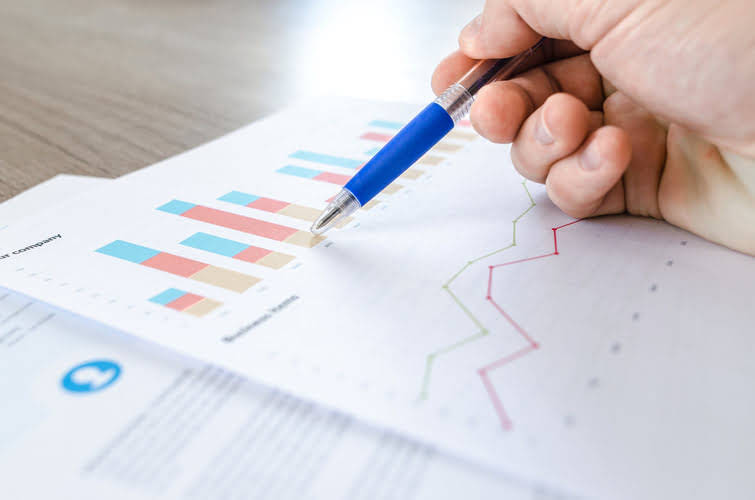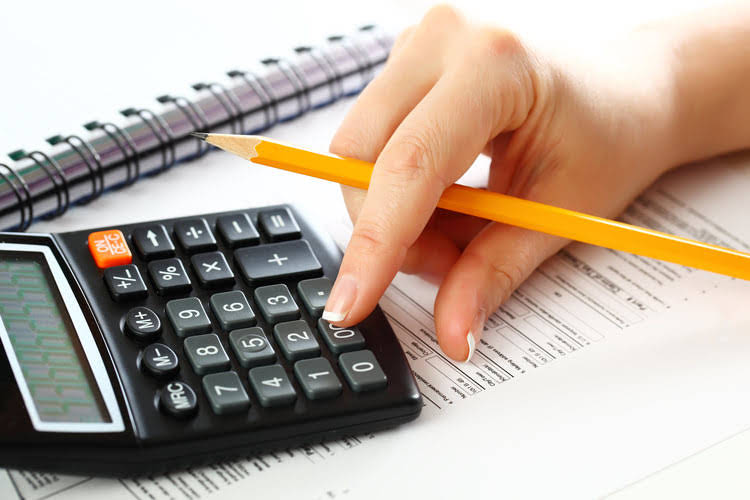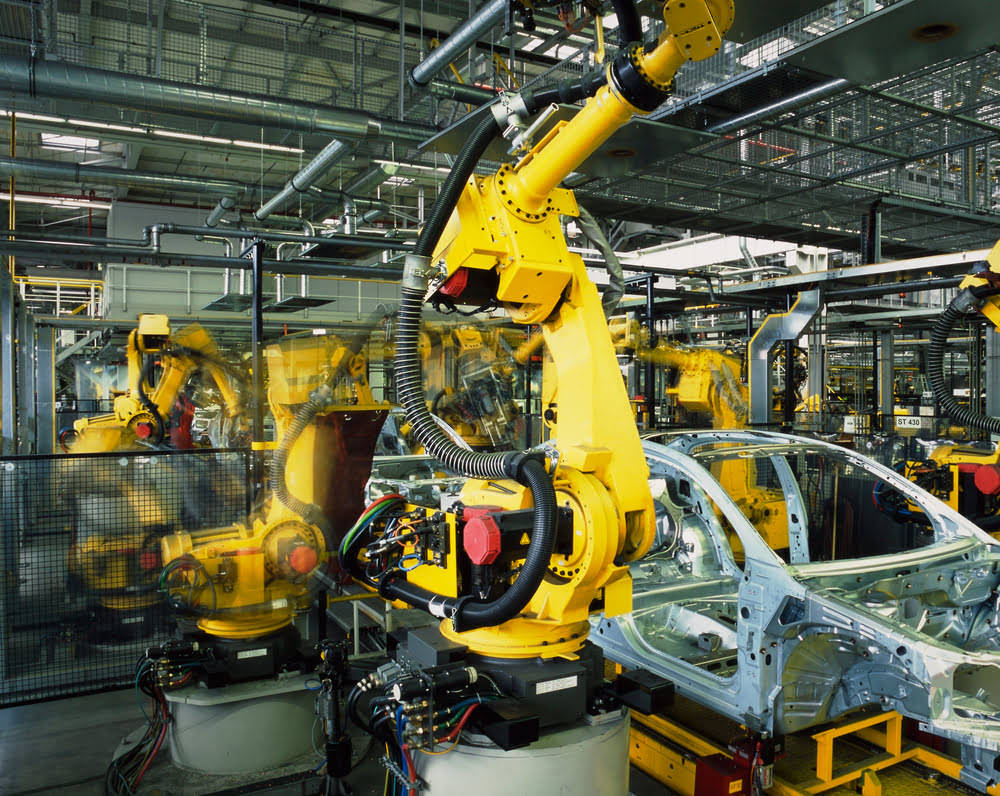Content

The profit you make is the amount of money you take in minus what you have to pay to produce the items. Both of these quantities depend on how many you make and sell. (So we have functions here.) Here is a list of definitions for some of the terminology, together with their meaning in algebraic terms and in graphical terms. Find the change in quantity, i.e., total quantity product, including additional unit and total quantity product of normal unit. Make a column to the right of total cost that says “Marginal Cost.” Your first line in the column will remain blank, because you cannot figure out a marginal cost based on no units of production. A company that is looking to maximize its profits will produce up to the point where marginal cost equals marginal revenue .

All these calculations are part of a technique called marginal analysis, which breaks down inputs into measurable units. According to economic theory, a firm should expand production until the point where marginal cost is equal to marginal revenue. We’ll explore the marginal cost formula, take you through an example of a marginal cost equation, and explain the importance of marginal costs for business in a little more depth. Imagine a company that has reached its maximum limit of production volume. If it wants to produce more units, the marginal cost would be very high as major investments would be required to expand the factory’s capacity or lease space from another factory at a high cost. Christensen uses Blockbuster as an example of a company that failed due to their focus on marginal costs.
Marginal Cost Of Production
In the on the right side of the page, the short-run marginal cost forms a U-shape, with quantity on the x-axis and cost per unit on the y-axis. So, what is the change in costs you need for the marginal cost equation? Each production level may see an increase or decrease during a set period of time. This can occur when you need to produce more or less volume. Before we dive into the marginal cost formula, you need to know what costs to include. Variable costs include the labor and materials that go into your final product’s production.
Climate action with revenue recycling has benefits for poverty, inequality and well-being – Nature.com
Climate action with revenue recycling has benefits for poverty, inequality and well-being.
Posted: Mon, 29 Nov 2021 16:10:17 GMT [source]
If a business wants to calculate the revenue generated, the cost incurred, and the profit gained by producing units of a product, it can use the specific formulas. A production function shows the output or total product as more of the variable input, in our case labor is added.
Reading: Marginal Cost
Marginal revenue is the revenue or income to be gained from producing additional units. As we learned above, the marginal cost formula consists of dividing the change in cost by the change in quantity.
- They were able to tap into people’s desire to have movies for an indefinite period of time instead of trying to make customers pay for their habits.
- If a business is going to produce, they would not want to produce when marginal product is increasing, since by adding an additional worker the cost per unit of output would be declining.
- A small range of increasing marginal returns can be seen in the figure as a dip in the marginal cost curve before it starts rising.
- In economics, the marginal cost is the change in the total cost that arises when the quantity produced is incremented, the cost of producing additional quantity.
- David has helped thousands of clients improve their accounting and financial systems, create budgets, and minimize their taxes.
Thomas Tracy is a writer and small business consultant with 28 years of experience in the insurance, employee benefits and financial services industries. We provide third-party links as a convenience and for informational purposes only. Intuit does not endorse or approve these products and services, or the opinions of these corporations or organizations or individuals.
The Difference Between Fixed Cost, Total Fixed Cost, And Variable Cost
This is used to determine the increase in total cost contributed by an increase in total output produced. Fixed costs are the relatively stable, ongoing costs of operating a business that are not dependent on production levels. They include general overhead expenses such as salaries and wages, building rental payments or utility costs. Analyzing marginal cost offers several potential benefits, including cost advantages through increased production efficiencies and whether or not product prices should increase based on any losses.

The information on total costs, fixed cost, and variable cost can also be presented on a per-unit basis. Average total cost is calculated by dividing total cost by the total quantity produced. Average variable cost is calculated by dividing variable cost by the quantity produced. The average variable cost curve lies below the average total cost curve and is typically U-shaped or upward-sloping. Marginal cost is calculated by taking the change in total cost between two levels of output and dividing by the change in output. Economies of scale apply to the long run, a span of time in which all inputs can be varied by the firm so that there are no fixed inputs or fixed costs. Conversely, there may be levels of production where marginal cost is higher than average cost, and the average cost is an increasing function of output.
The U-shaped curve represents the initial decrease in marginal cost when additional units are produced. Marginal cost can be calculated by taking the change in total cost and dividing it by the change in quantity. For example, as quantity produced increases from 40 to 60 haircuts, total costs rise by 400 – 320, or 80.
Products
It’s because marginal cost affects variable cost, but it does not affect fixed cost. The Average Cost for q items is the total cost divided by q, or TC/q. You can also talk about the average fixed cost, FC/q, or the average variable cost, TVC/q. The marginal cost intersects with the average total cost and the average variable cost at their lowest point. Marginal cost of production includes all of the costs that vary with that level of production. For example, if a company needs to build an entirely new factory in order to produce more goods, the cost of building the factory is a marginal cost.
- A company’s marginal cost is how much extra it costs to produce additional units of goods or services.
- To find marginal cost, first make a chart that shows your production costs and quantities.
- For example, the marginal cost to produce more hats in our last equation was $5.
- For example, as quantity produced increases from 40 to 60 haircuts, total costs rise by 400 – 320, or 80.
- In this simple example, the total cost per hat would be $2.75 ($2 fixed cost per unit + $0.75 variable costs).
You spend $2,000 each month on fixed costs (e.g., overhead). Marginal costs include more than just the cost of materials. The marginal cost of production includes everything that varies with the increased level of production. For example, if you need to rent or purchase a larger warehouse, how much you spend to do so is a marginal cost. Each hat produced requires seventy-five cents of plastic and fabric.
What Is Marginal Revenue?
Is variable cost, so cost is the sum of the fixed and variable costs. The profit is then the difference between the revenue and the cost. In other words, the marginal cost is factored into how to get marginal cost the average total cost at every unit. Because of fixed cost, marginal cost almost always begins below average total cost. As quantity increases, ATC will decrease and MC will increase.
Using the first equation, total costs are 34Q3 – 24Q + 9 and fixed cost is 9, so total variable costs are 34Q3 – 24Q. Using the second total cost equation, total costs are Q + log(Q+2) and fixed cost is log, so total variable costs are Q + log(Q+2) – 2. As plant capacity increases, firms are able to specialize their labor and capital to a greater degree. Workers can specialize on doing a limited number of tasks extremely well. Another factor contributing to economies of scale is the spreading out of the design and start up costs over a greater output amount. For many products, significant costs are in design and development. For example in the movie industry, the marginal cost of making a second copy of a movie is nearly zero and as copies of the movie are produced, the average cost declines significantly.
So if we, for instance, find a marginal cost function as the derivative of the cost function, the marginal cost function should be modeling the change, or slope, of the cost function. And that slope is really just how much the original cost function is increasing or decreasing, per unit.
How do you calculate cost of preference shares?
The cost of preference shares is derived using a formula, which has also been provided. It is kpref = d ÷ P0 where: ■ kpref is the cost of preference shares. d is the annual preference dividend, which can be worked out as $1 × 7% = $0.07.
Read The Supply Curve article to get a more detailed explaination of why this is so. This is always the case if there are increasing marginal costs. You’ll also notice that the MC curve intersects the ATC curve at the ATC curve’s minimum point. This will always be the case if there are increasing marginal costs. A helpful way to think of this is to imagine that the MC curve is graphing your semester GPA and that the ATC curve is graphing your cumulative GPA. You previously had a high cumulative GPA but your semester GPA starts to pull it down. As you improve your grades each semester your cumulative and semester GPA will meet.
Divide Change In Cost By Change In Quantity
In an equilibrium state, markets creating positive externalities of production will underproduce their good. As a result, the socially optimal production level would be greater than that observed. When the marginal social cost of production is less than that of the private cost function, there is a positive externality of production.
My approximation using marginal cost over here was $30 per skateboard. Take the derivative, plug in 500, and you get a very accurate approximation of the cost of one more skateboard, versus this calculation did over here which took me half of the board. It gets you a very quick estimate too of the cost of producing one more skateboard. We want to see really how good of an approximation the marginal cost is for producing that 501st skateboard. Most important thing to remember about marginal cost is it’s just the derivative of cot. That’s going to be well the derivative of 1800 is 0, the derivative of 10x is 10 plus, the derivative of 0.02x² is 2 times 0.02, 0.04x. Such production creates a social cost curve that is below the private cost curve.
Fortunes require leverage. Business leverage comes from capital, people, and products with no marginal cost of replication (code and media). — #NavalRavikant
— How To Get Rich (@HowToGetRichBot) November 30, 2021
The per unit cost when ordering a rail car or semi load of material is less than when purchasing the inputs in small quantities. Also spreading the cost of placing the order over more units, reduces the per unit cost. Moving left to right, note that the slope is negative, goes through zero at the turning point, then becomes positive. These two conditions are characteristic of a function with a minimum point. Recall from past section on linear functions that the slope of a horizontal line or function is equal to zero. Therefore, the slope at the top or turning point of this concave function must be zero. Another way to see this is to consider the graph to the left of the turning point.
Fortunes require leverage. Business leverage comes from capital, people, and products with no marginal cost of replication (code and media). — #NavalRavikant
— How To Get Rich (@HowToGetRichBot) November 30, 2021
If you graphed both total and average cost on the same axes, the average cost would hardly show. On the short run, the firm has some costs that are fixed independently of the quantity of output (e.g. buildings, machinery). Other costs such as labor and materials vary with output, and thus show up in marginal cost. The marginal cost may first decline, as in the diagram, if the additional cost per unit is high if the firm operates at too low a level of output, or it may start flat or rise immediately. At some point, the marginal cost rises as increases in the variable inputs such as labor put increasing pressure on the fixed assets such as the size of the building. In the long run, the firm would increase its fixed assets to correspond to the desired output; the short run is defined as the period in which those assets cannot be changed. The following table gives a snapshot of how marginal cost varies with the change in quantity produced.
Are salaries fixed or variable costs?
Any employees who work on salary count as a fixed cost. They earn the same amount regardless of how your business is doing. Employees who work per hour, and whose hours change according to business needs, are a variable expense.
Change in costs is the level of output that determines an increase or decrease in cost because when the output is high, it will lead to high costs, and vice versa, lower outputs mean lower costs. Marginal cost is referred to as incremental cost and is defined as the increase or decrease in the cost of production of more units or serving just one more customer.
- Now that we can use differentiation to collect so much information regarding the characteristics of functions, the optimization of economic functions will be very straightforward.
- Each hat produced requires seventy-five cents of plastic and fabric.
- If the business charges $150 per watch, they will earn a $50 profit per watch on the first production run, and they’d earn a $60 profit on the additional watch.
- The management takes the help of marginal cost to evaluate the price of each unit of goods and services that is offered to its consumers.
- The marginal private cost shows the cost borne by the firm in question.
- It’s calculated by dividing change in costs by change in quantity, and the result of fixed costs for items already produced and variable costs that still need to be accounted for.
Marginal cost is the extra cost acquired in the production of additional units of goods or services, most often used in manufacturing. It’s calculated by dividing change in costs by change in quantity, and the result of fixed costs for items already produced and variable costs that still need to be accounted for. Some important relationships exit between the productivity measures and the cost measures.
Author: Gene Marks

